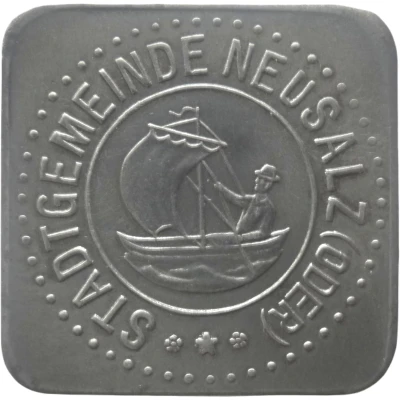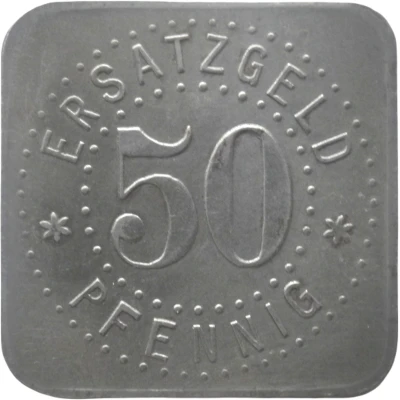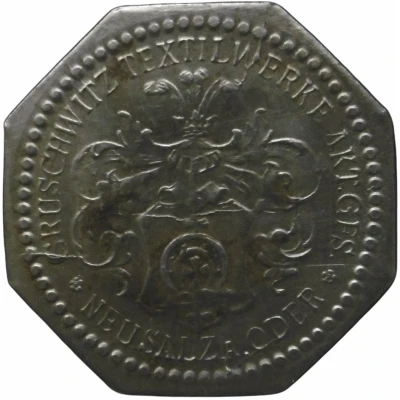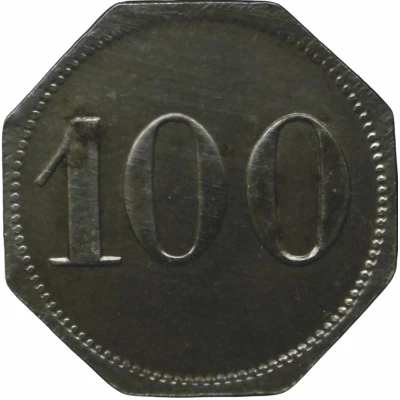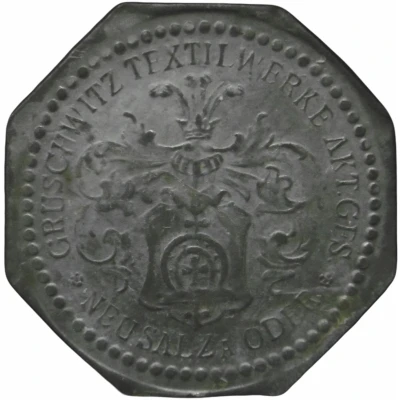
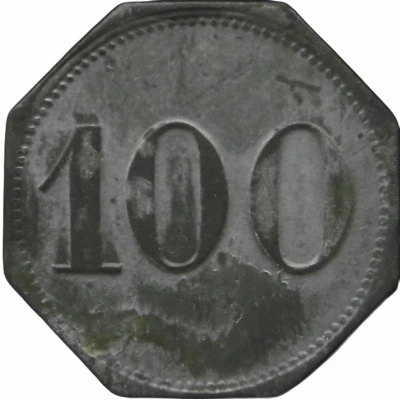

© Willem63 (CC BY-NC-SA)
100 Pfennigs - Neusalz a. Oder (Gruschwitz Textilwerke Akt. Ges.) ND
| Zinc | 3.9 g | 25.5 mm |
| Issuer | City of Neusalz (Silesia) (Prussian province of Silesia) |
|---|---|
| Type | Standard circulation coin |
| Value | 100 Pfennigs (100 Pfennige) |
| Currency | Mark (1914-1924) |
| Composition | Zinc |
| Weight | 3.9 g |
| Diameter | 25.5 mm |
| Thickness | 1.4 mm |
| Shape | Octagonal (8-sided) |
| Technique | Milled |
| Orientation | Medal alignment ↑↑ |
| Demonetized | Yes |
| Updated | 2024-10-04 |
| Numista | N#285010 |
|---|---|
| Rarity index | 97% |
Reverse
Pearl rim, with denomination centered
Script: Latin
Lettering: 100
Edge
Plain
Comment
Menzel: BBBIn 1816 the master weaver Johann David Gruschwitz decided to start his own business. In the Silesian town of Neusalz.
Interesting fact
One interesting fact about this coin is that it was minted during a time of great economic and political change in Germany. The coin was issued in the late 19th century, a period of rapid industrialization and urbanization in Germany, and it features an image of a textile mill, which was a symbol of the growing industrialization of the country. Additionally, the coin was minted during the reign of Wilhelm II, who was the last German Emperor and King of Prussia, and it bears his image on the obverse side. This coin is a unique piece of history that reflects the economic, political, and social changes that were taking place in Germany during this time period.
